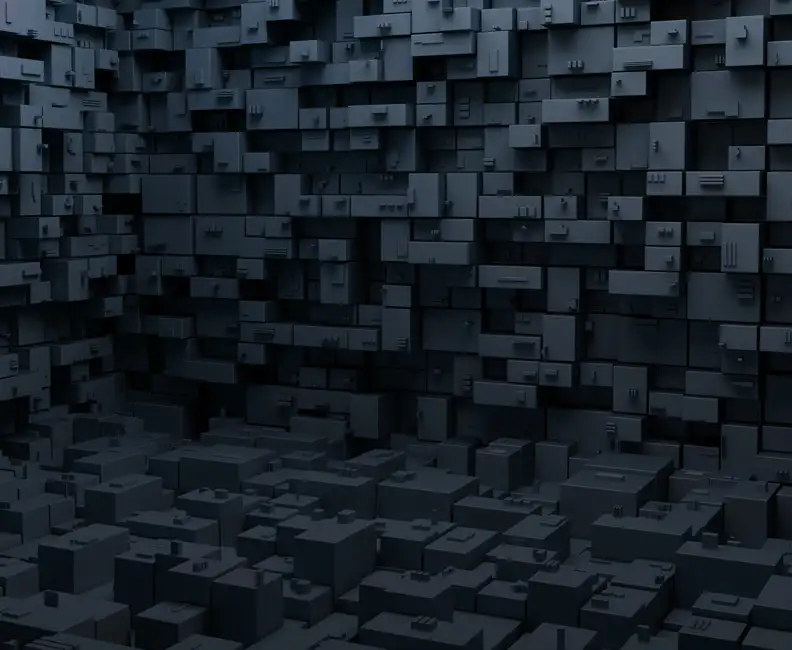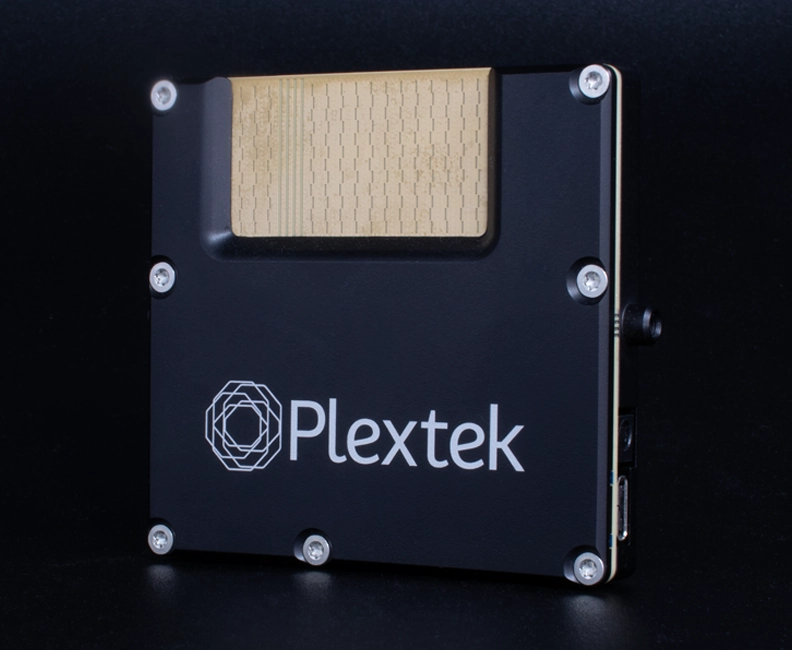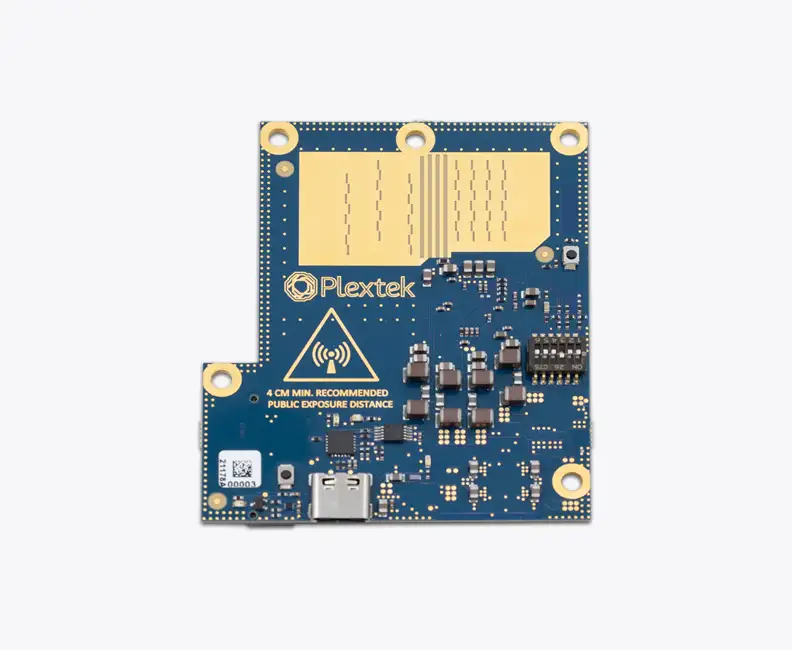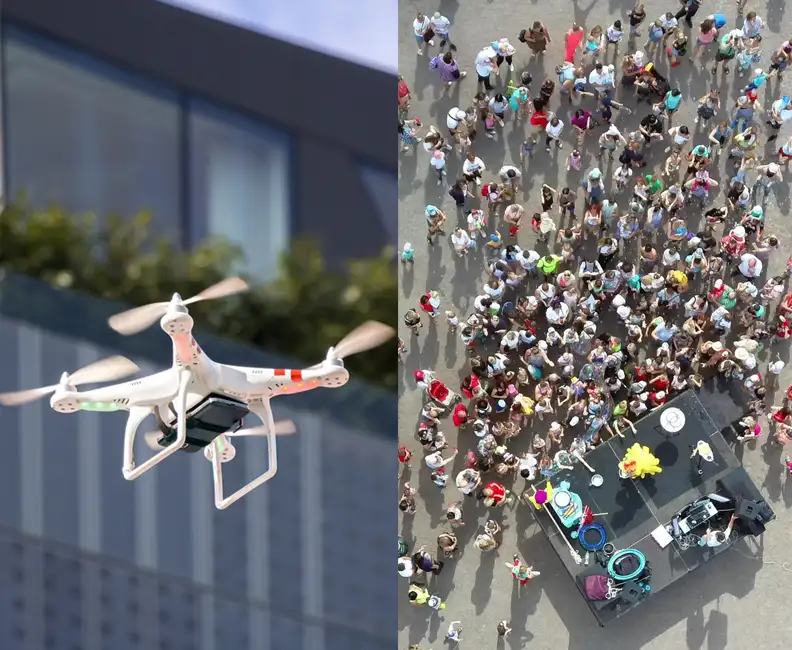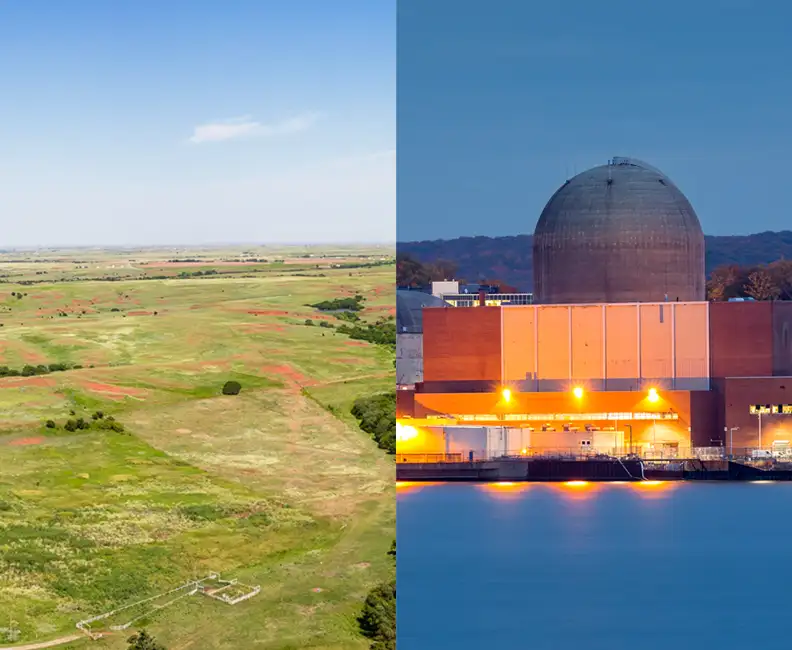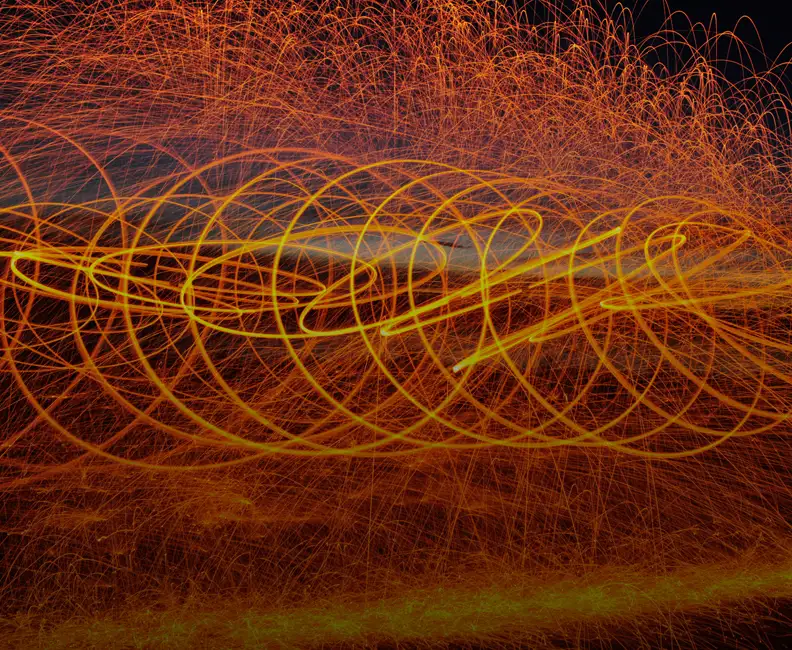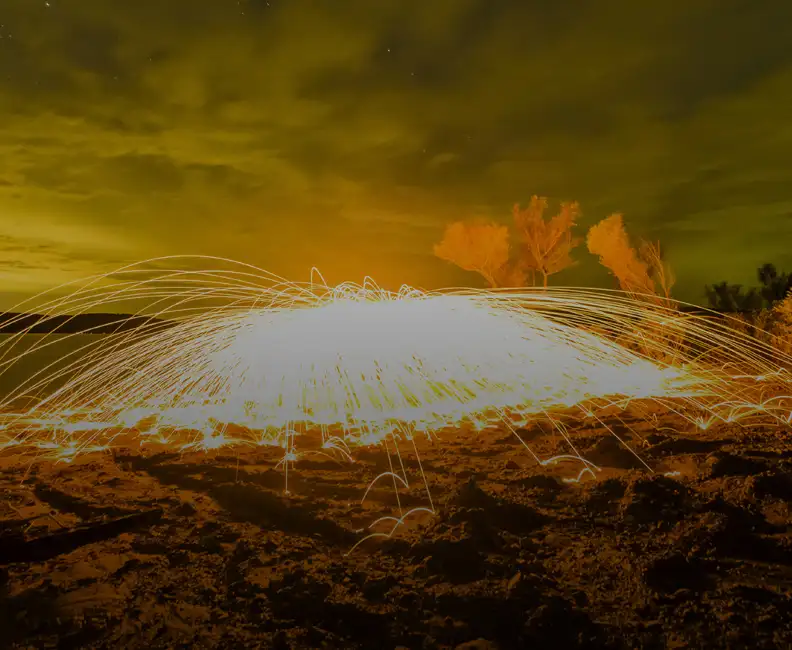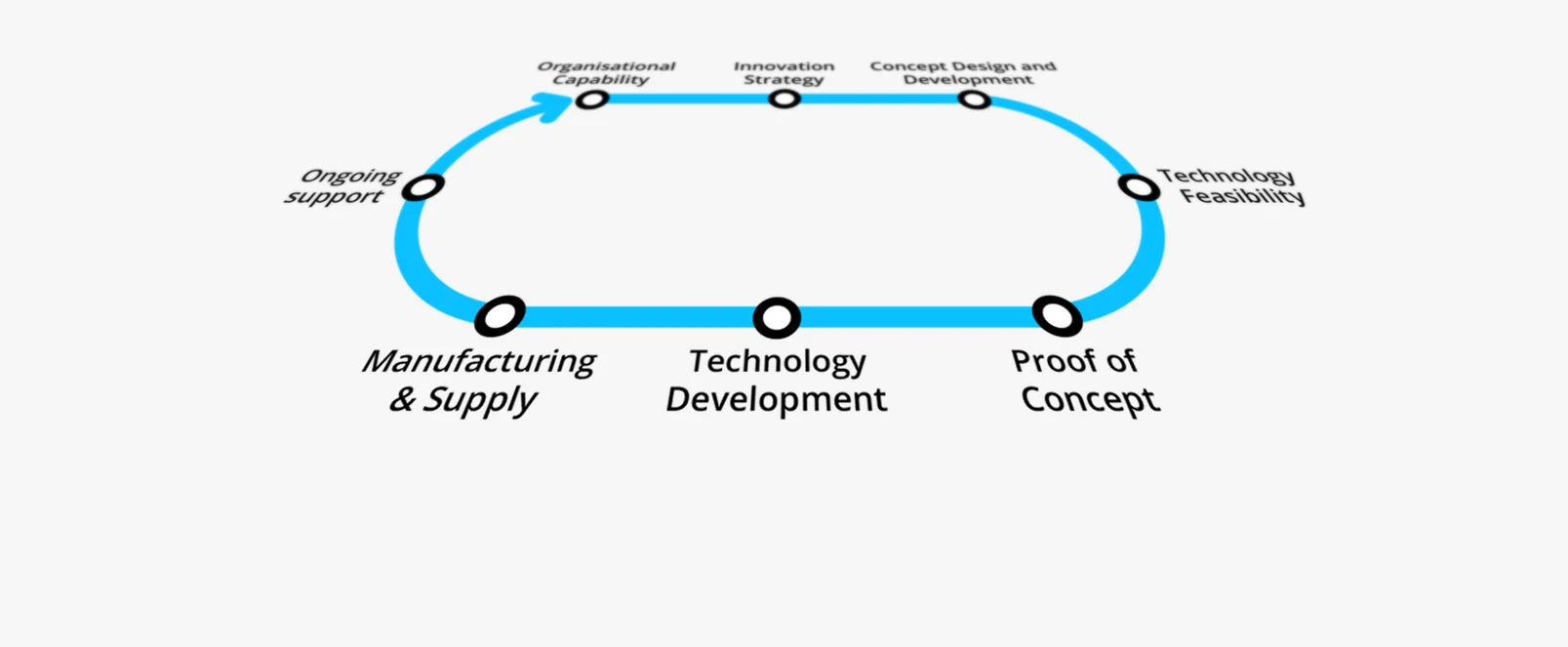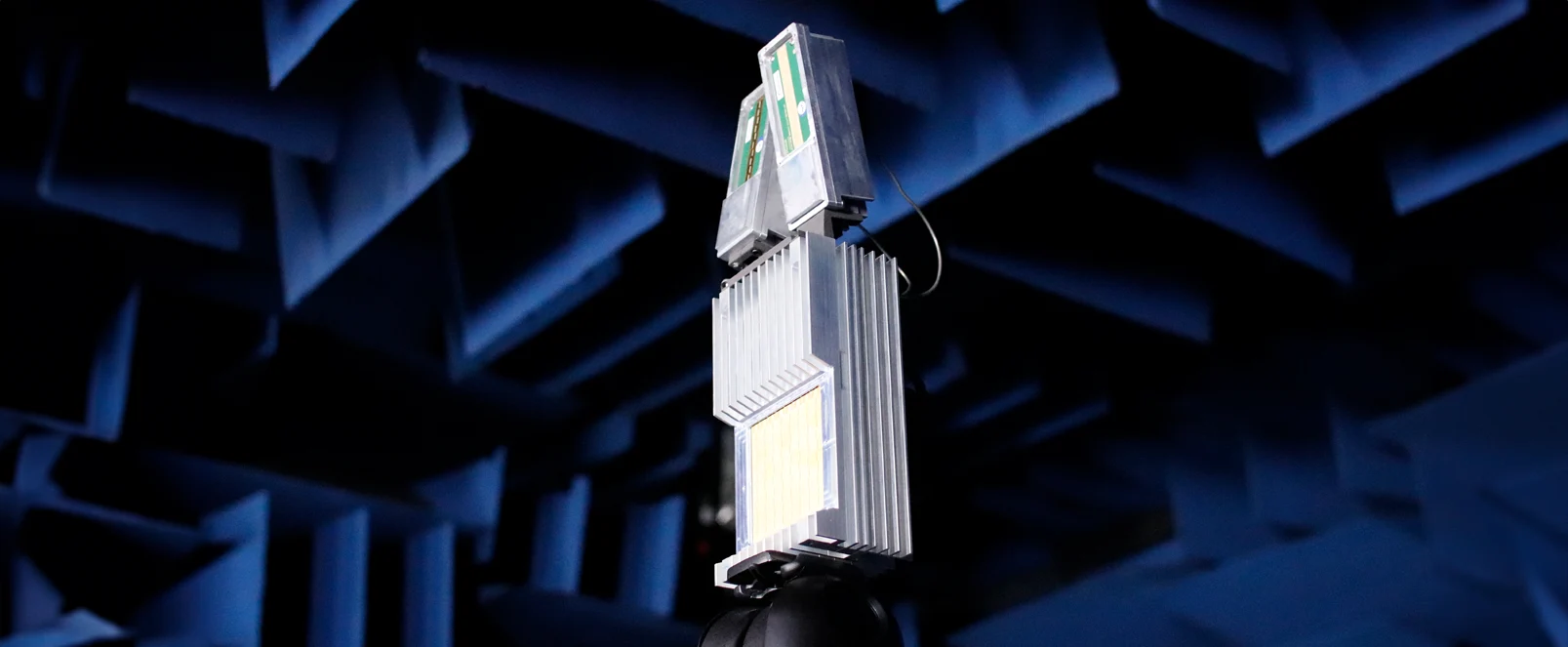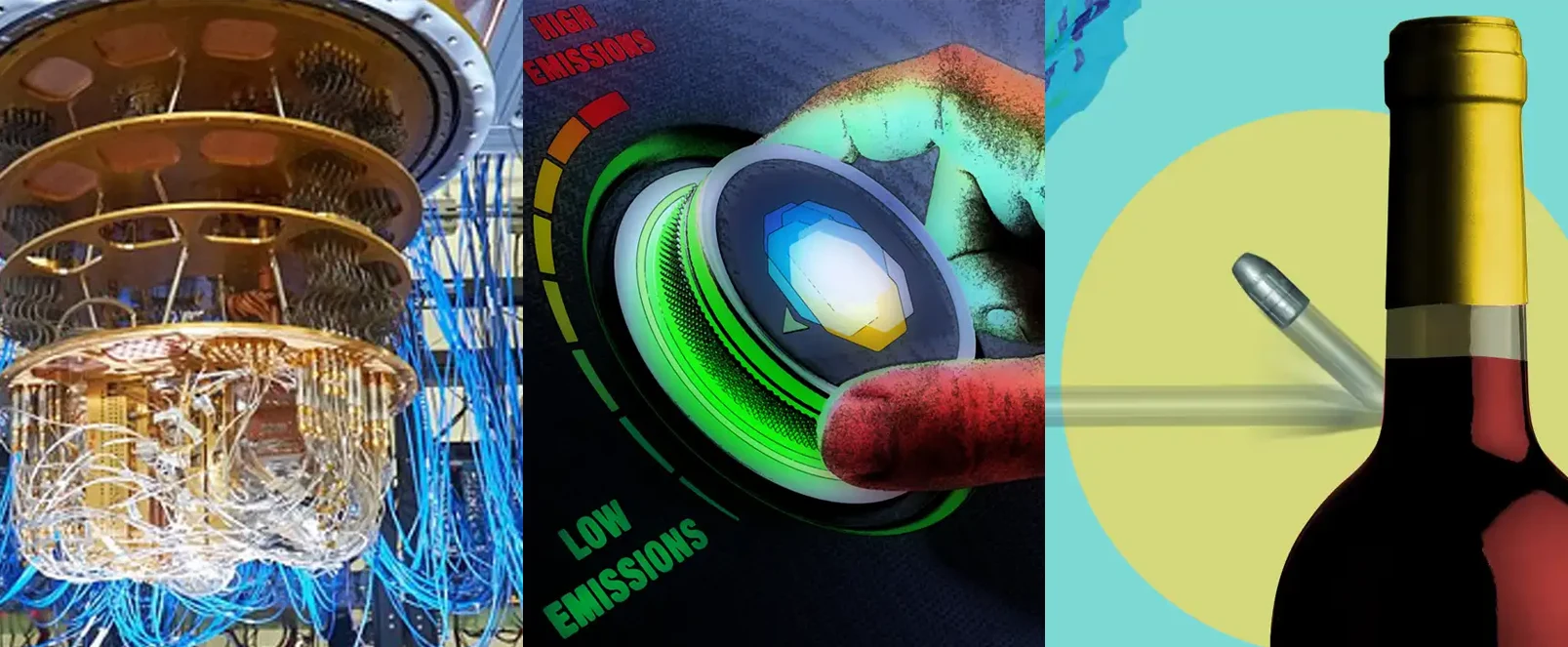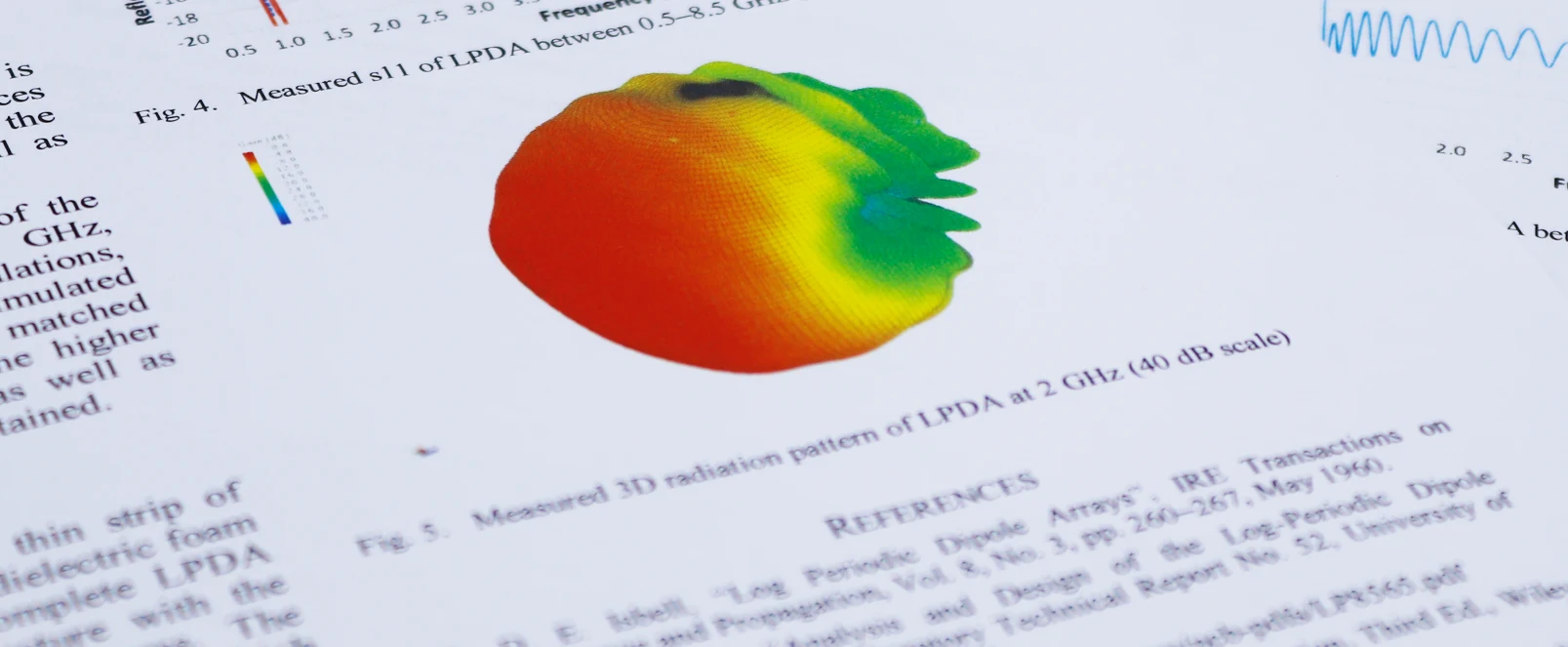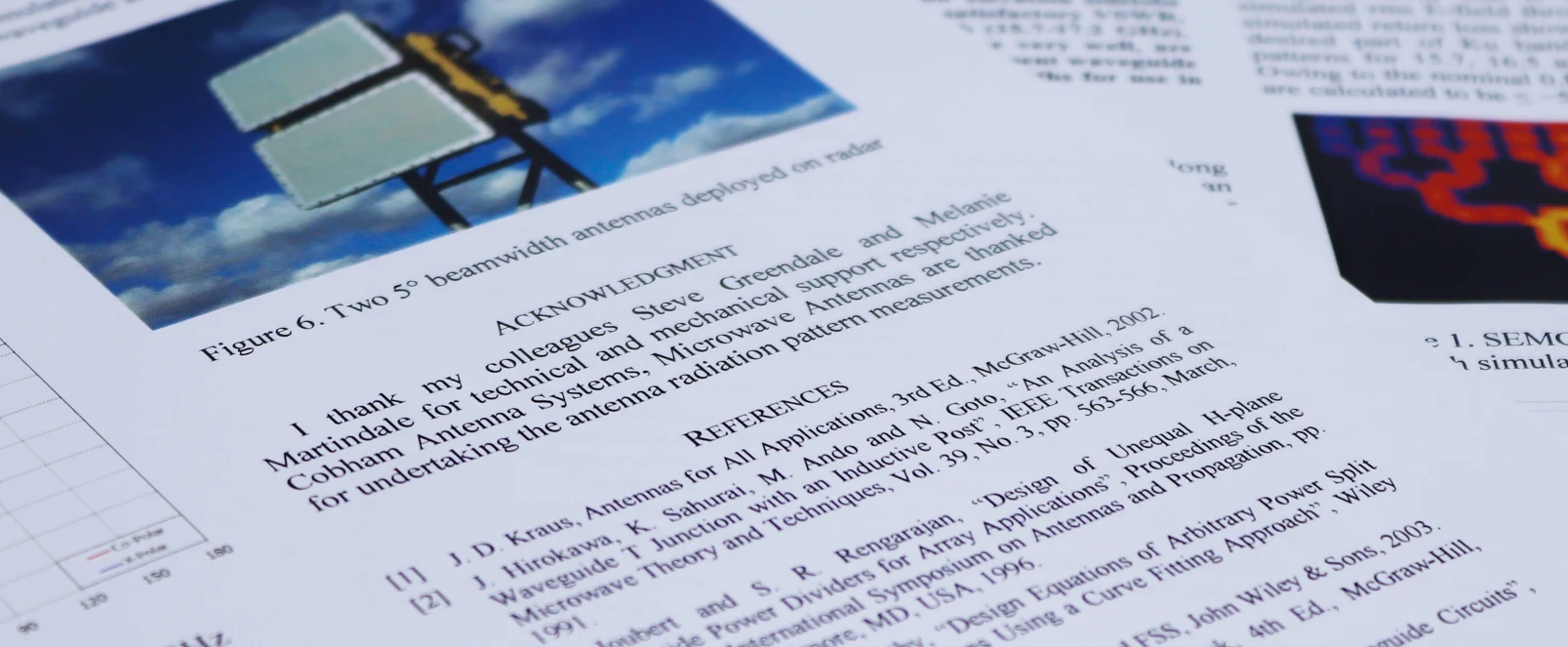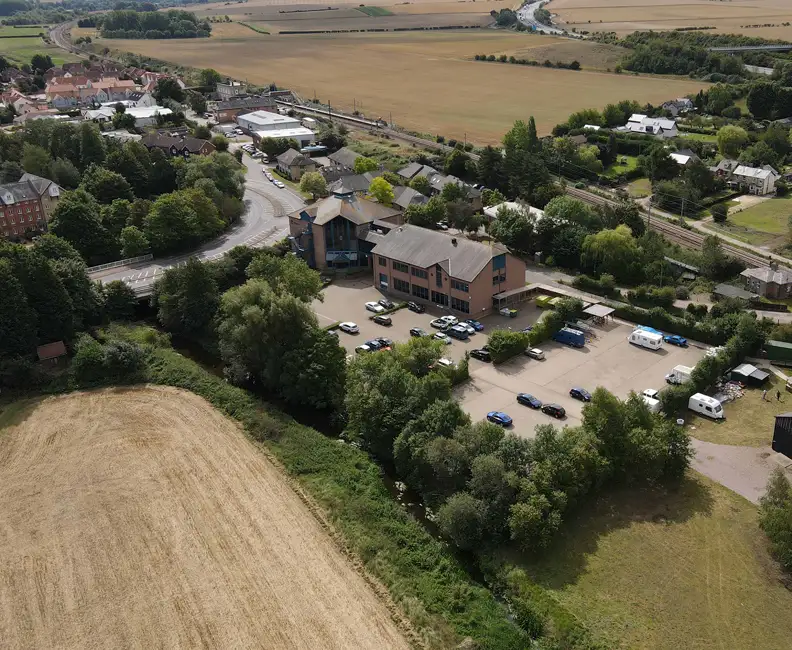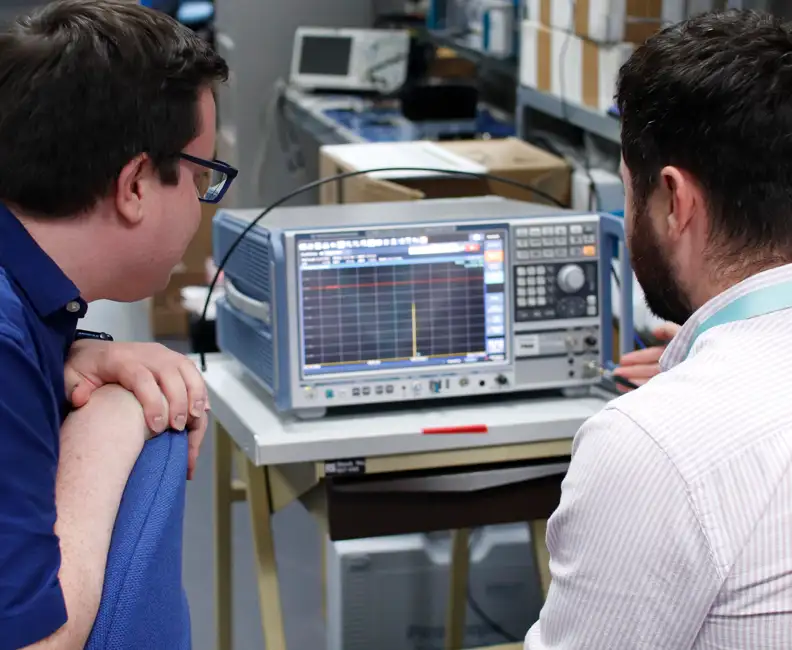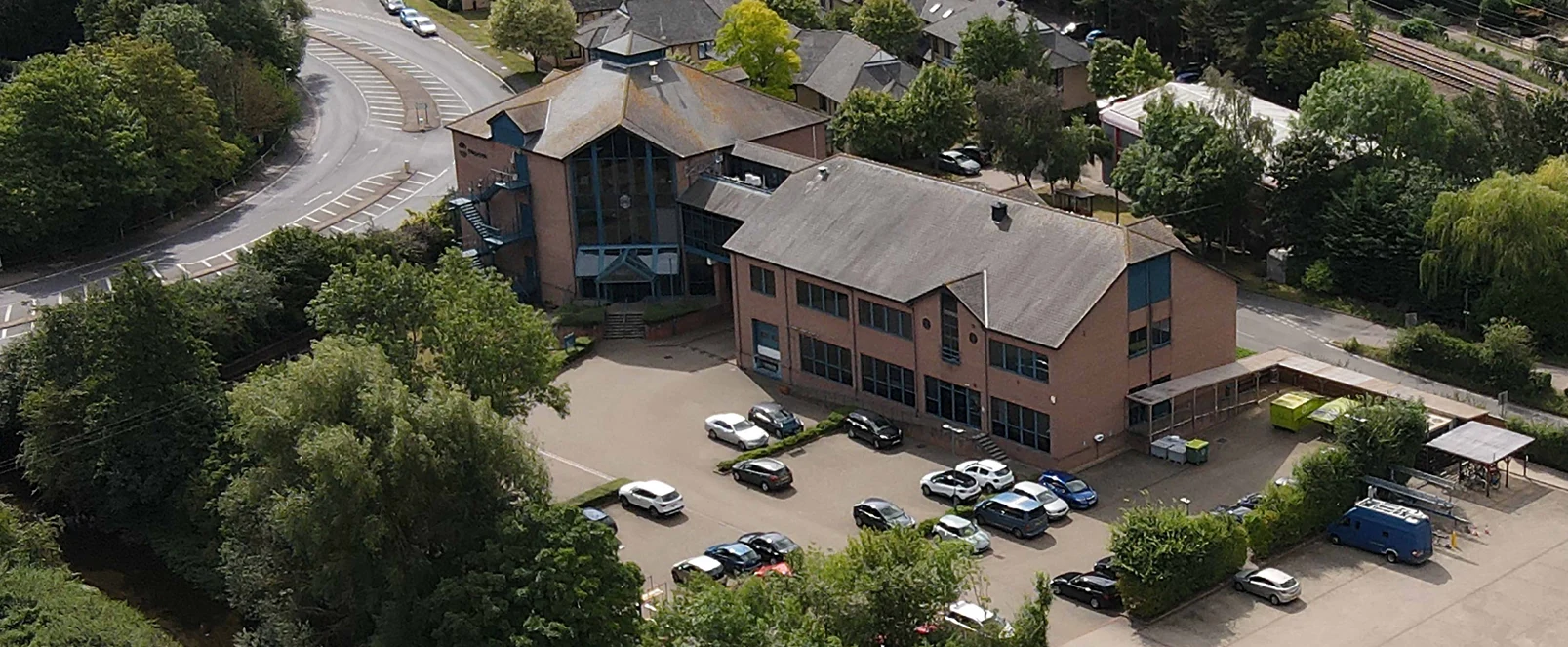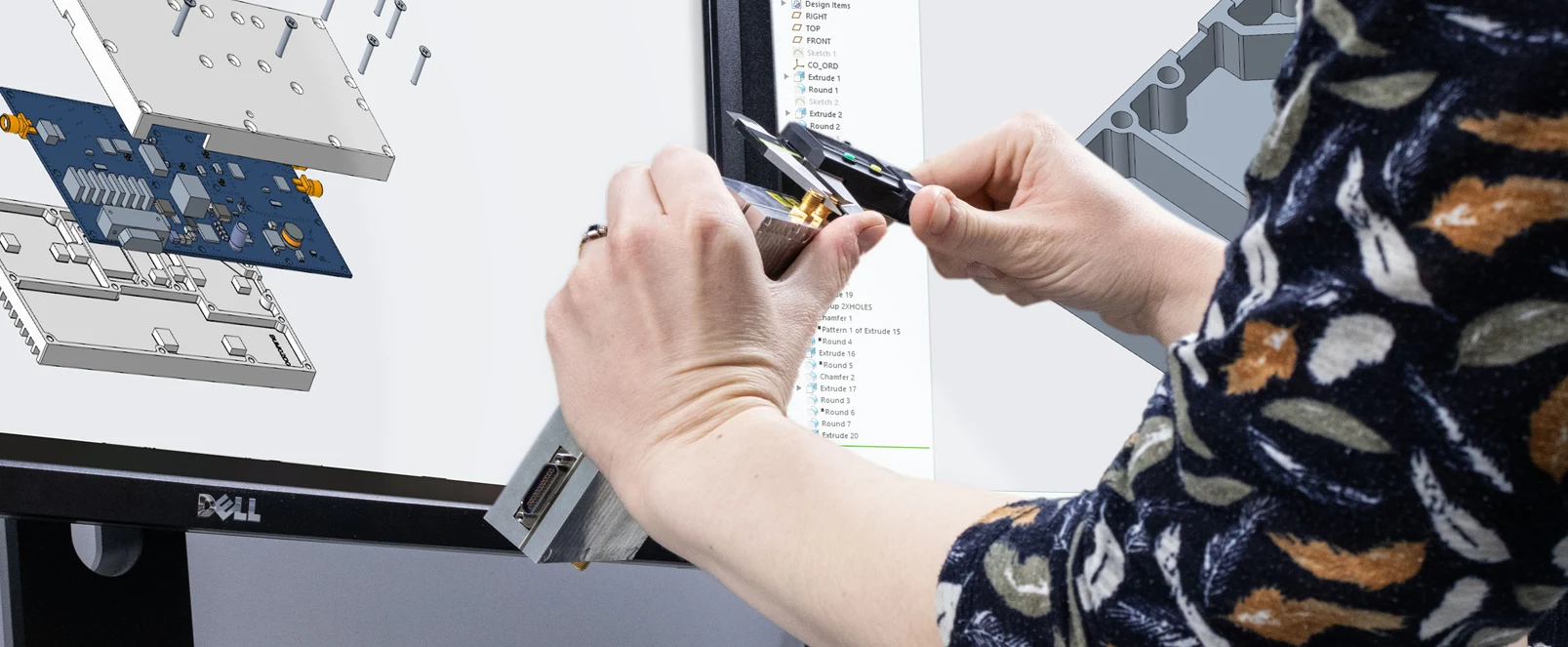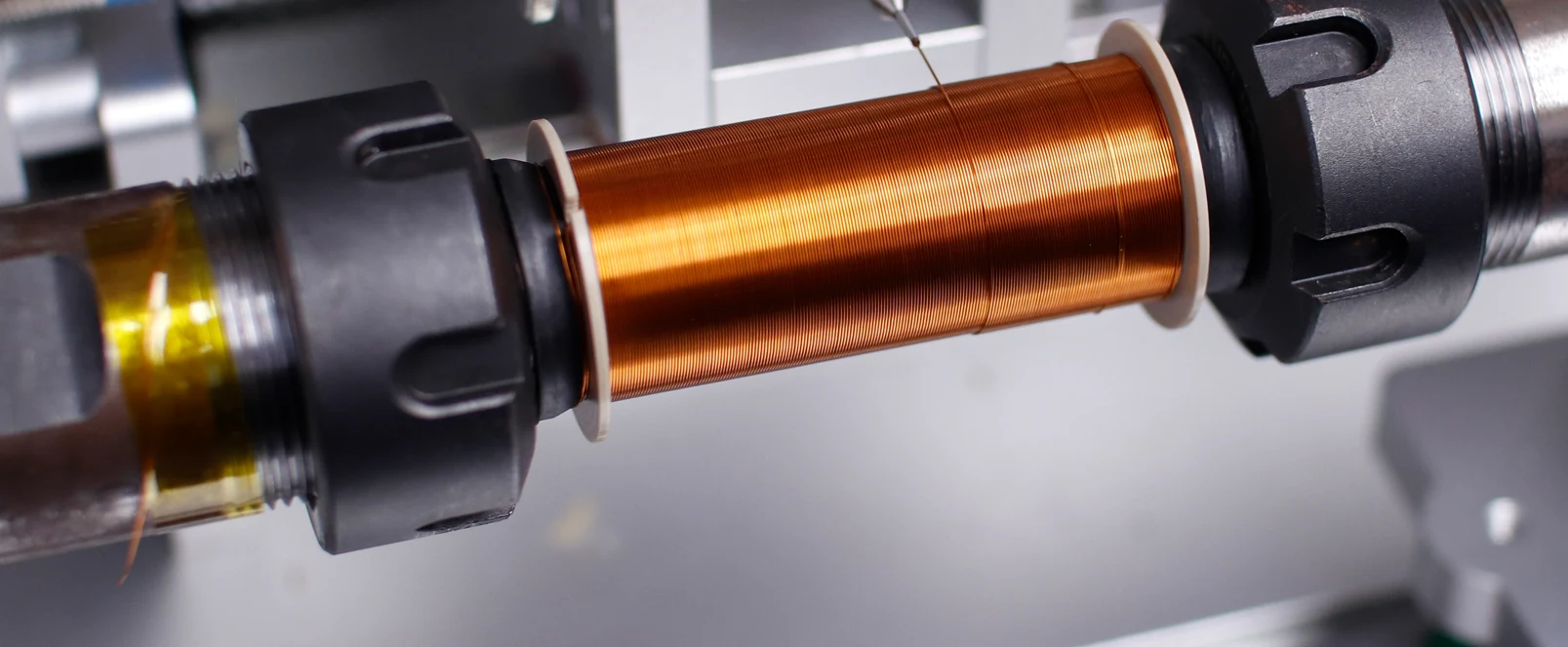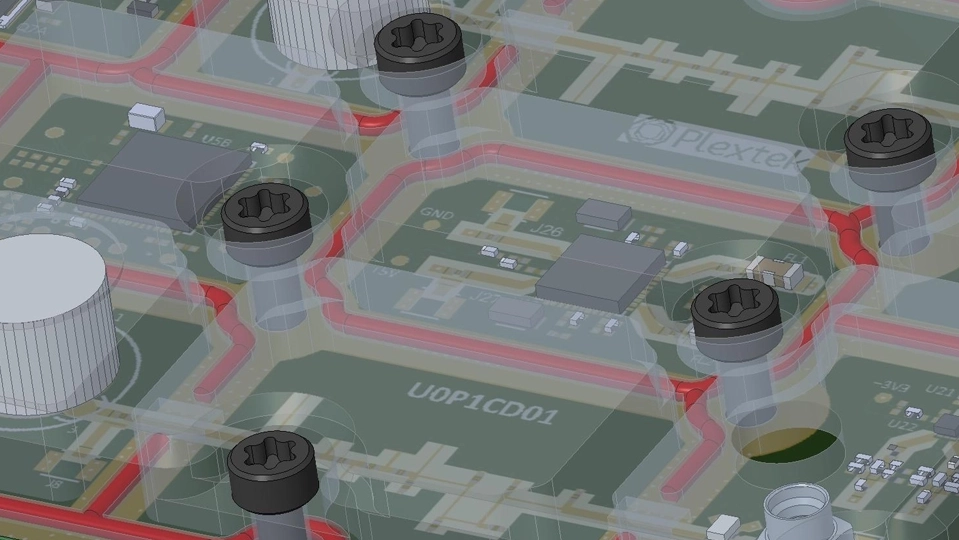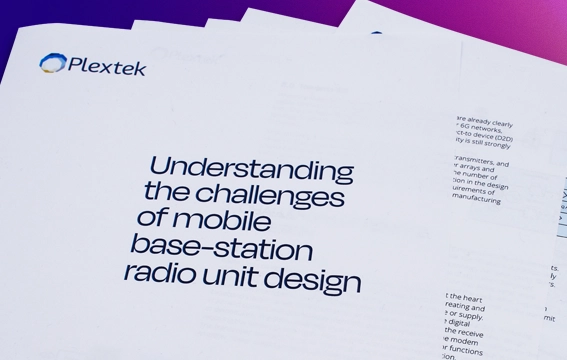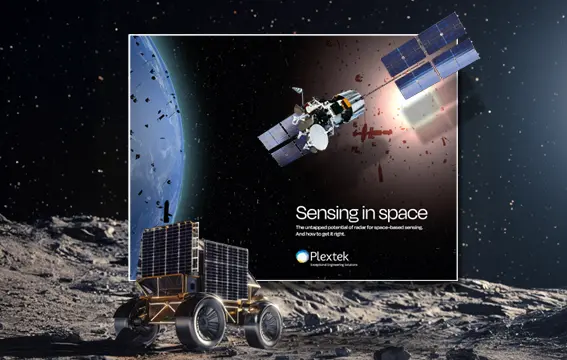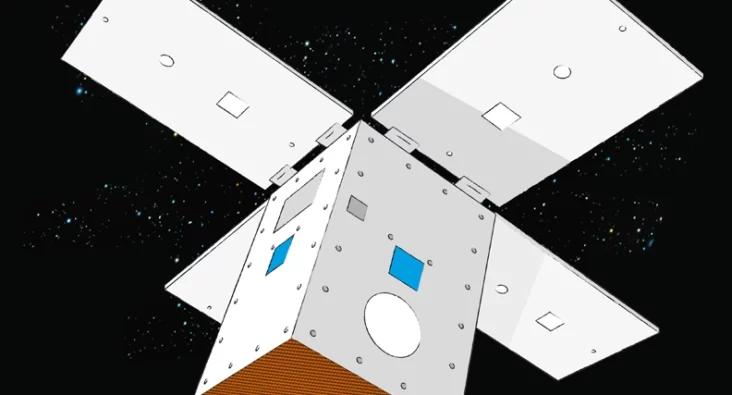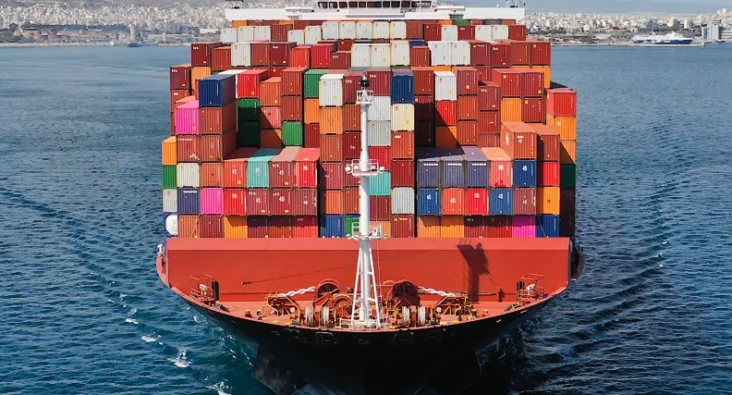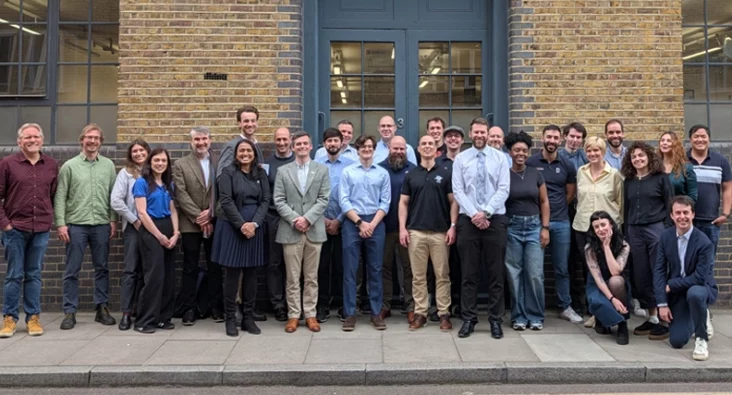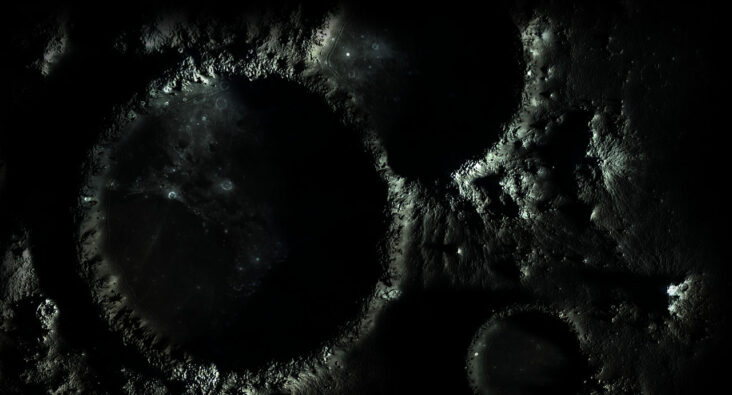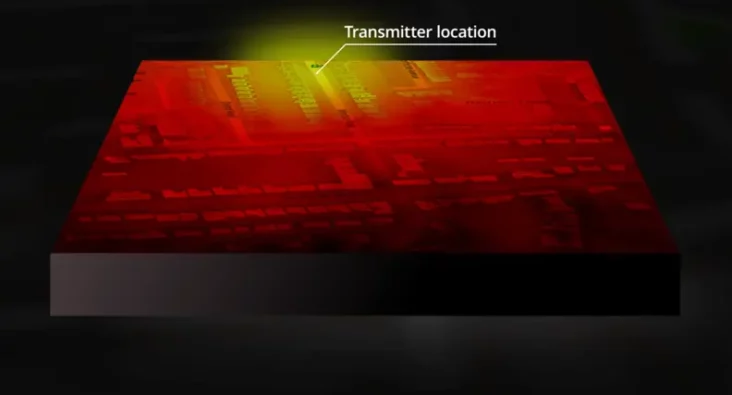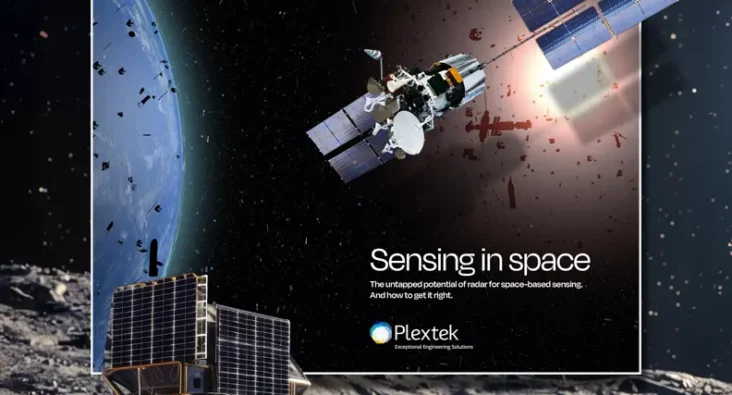
Non-Terrestrial Networks
How non-terrestrial networks will transform global communication
Connecting the world from space
The future of global communication depends on non-terrestrial networks. NTNs promise reliable, high-bandwidth connectivity anywhere in the world, delivered from space or high altitude. But realising this potential means solving significant technical, physical, regulatory and business challenges.
Why NTNs matter
The world of NTNs (communication systems using satellites and high-altitude platforms) is rapidly evolving and expanding. Established LEO (Low Earth Orbit) satellite constellation operators are working hard to maintain their market position against low-cost disruptors while nation states are rapidly building sovereign capability. As Direct to Device (D2D) threatens to change the entire NTN landscape, providers are left grappling with the harsh realities of providing reliable services, dealing with multiple challenges from turbulence in the stratosphere to radiation damage in orbit.
Meanwhile, the fragmented regulatory landscape means that a global service needs to operate seamlessly across many different frequency bands. The radio astronomy community would still like to explore the outer reaches of the universe without being effectively blinded by loud local transmissions.
The technical challenges of communication across such long distances are significant. A “bent pipe” approach, where the satellite or HAPS (High Altitude Platform Station) acts as a simple repeater bouncing signals between locations on the ground, means simpler devices in orbit but higher latency. This doesn’t play well with customer expectations of real-time voice connections.
Free space optics promise high bandwidth communications that are hard to intercept or disrupt but face significant challenges in acquisition and tracking. Massive antenna arrays provide finely tuned beam steering but come with a high cost when each kilogramme of launch payload to LEO still costs thousands or tens of thousands of dollars.
Our capabilities
- Complex multidisciplinary system design for RF Systems
- Low SWaP (Size, Weight, and Power) microwave and millimetre wave design expertise
- High performance array antenna systems
- Space qualified RF hardware
- Machine learning solutions for linearisation and interference mitigation
The NTN systems launching in the next few years will need capabilities that traditional RF architectures simply can't deliver. We're already developing those solutions - patented techniques for managing non-linearity in massive arrays, AI-driven interference mitigation, regenerative payloads. At Plextek, we're focused on solving today what the industry will need tomorrow.

Kevin Cobley
RF Systems Director
Download our technical papers

Let’s solve your NTN challenges
We deliver end-to-end solutions – from feasibility studies to flight-qualified hardware – backed by 35 years of RF expertise and proven space heritage including technology currently operational in orbit.






